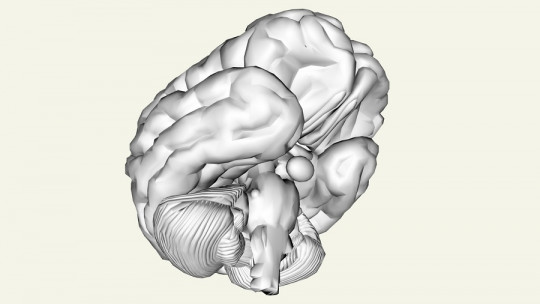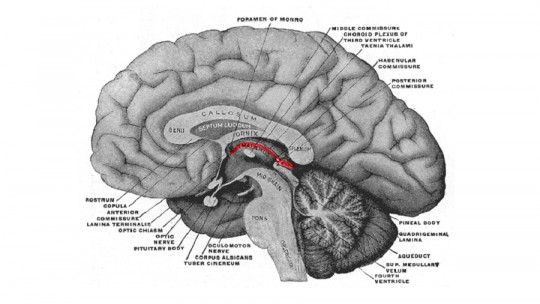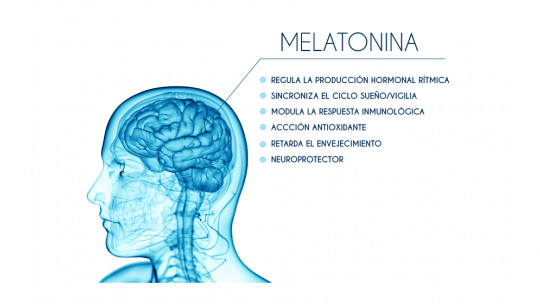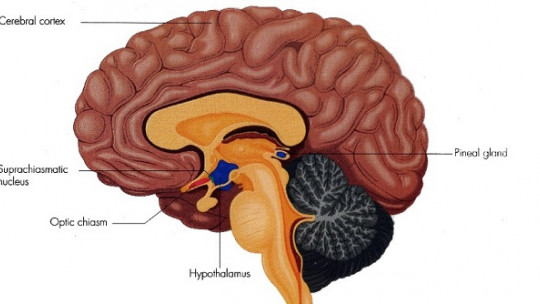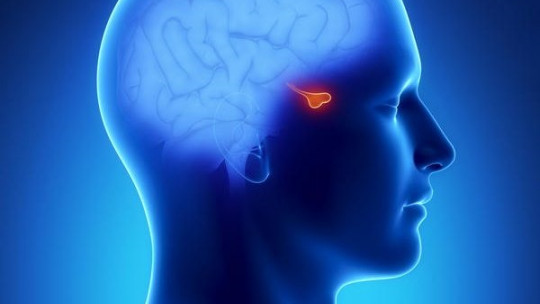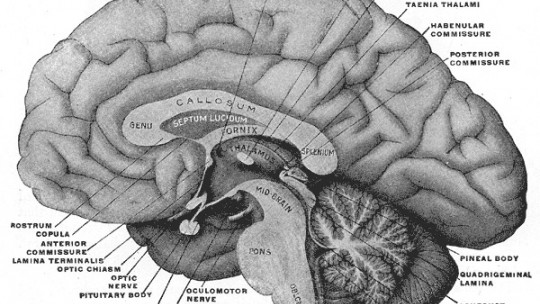Surely all of us have heard at some point in our lives that people are creatures of habit. This expression, in addition to being true, hides an infinite number of processes that our body carries out to keep these habits at bay.
These processes refer to biological rhythms which determine practically all the main activities of our body, from the need for sleep, the feeling of hunger or the rhythm at which we blink.
Related article: “The 9 stages of the life of human beings”
What are biological rhythms?
Biological rhythms are understood as the oscillations that occur in physiological levels and variables within a time interval. These oscillations depend on a chronometer or internal clock and on external or environmental variables that intervene in their synchronization.
Both human and animal habits and activities always present a regular cadence and harmony. To put it in some way, living involves a rhythmic phenomenon that tells us when to eat, when to drink, when to sleep, etc.
This way, If we stop to think about the relationship between a custom or bodily habit and its relationship with time we can observe that all of them occur in a cyclical order or cadence which makes us think that there is something in our body, or outside of it, that is responsible for regulating them.
The external agents that regulate our daily habits are much more common than is sometimes thought. The environment, seasonal changes, hours of light or cosmic changes such as lunar phases play a very important role in regulating the activities of our body.
The main internal structures involved in this regularization are the nervous system and the endocrine system, which are influenced by these external agents. However, there are a series of internally controlled rhythms such as heart rates or breathing times; these other types of rhythms must be classified in a separate group due to their endogenous nature.
Types of biological rhythms and functionality
As mentioned above, chronobiology distinguishes up to three types of biological rhythms depending on their duration. These rhythms are called: circadian, infradian and ultradian
1. Circadian rhythms
Taking into account the etymological origin of this term: circa-around and dies-day; We can correctly assume that circadian rhythms are those bodily needs or habits that occur every 24 hours approximately.
The most well-known and illustrative example is sleep cycles. Usually the need for sleep always appears at the same times and any alteration in this rhythm sometimes represents some type of sleep disorder or disorder.
If we take this example into account, it is not unusual to think that these habits depend largely on external regulatory agents such as daylight. Hence, it is always recommended to sleep in complete darkness because even artificial light can alter our sleep cycles.
Such is the influence of these exogenous regulators that they even influence the course of some diseases or psychological conditions. In the case of depression disorder, it is common for people to report a worsening of psychological symptoms during the first hours of the day, which moderate throughout the day.
2. Infradian rhythms
By infradian rhythms we understand all those habits and activities of the body that occur at a cadence of less than 24 hours, that is, less than once a day Although this may seem strange, there are certain body habits that work with these oscillations.
The most common example is the menstrual cycle, since it is completed once every 28 days. Other phenomena that occur with a cadence similar to that of the menstrual cycle are the lunar cycles and the tides, which is why on many occasions attempts have been made to establish an influence of the lunar phases on the different stages of women’s cycles.
However, this relationship has never been scientifically proven. Those who defend it justify this impossibility on the basis that there are a multitude of day-to-day factors that interfere with the coordination of both rhythms.
3. Ultradian rhythms
Although less known and less subject to external influences, there are a series of rhythmic movements that occur with a frequency of more than one every twenty-four hours.
These rhythms are the heartbeat, blinking, breathing rhythm, or REM sleep cycles which occur every 90 minutes.
How to maintain biological rhythms
As mentioned above, given that these biological rhythms are conditioned by numerous external and environmental factors, they can be easily altered as a result of any change, either in the environment or due to a modification in our daily routine.
To avoid the possible consequences of these variations in our biological rhythms (insomnia, changes in mood, changes in appetite, etc.) It is convenient to maintain a daily routine that allows us to maintain our energy.
Below are a series of recommendations to keep our biological rhythms intact.
1. Get up and go to bed at the same time
As far as possible, it is advisable to start and end our day always at the same time or, at least, at approximate times. The moment we wake up marks the beginning of the activation phase of our bodies.
However, it is also necessary to get a minimum amount of sleep. That is, if one day we go to bed later than usual for whatever reason, it is better to get the recommended 7 or 8 hours of sleep before getting up too early just to meet the schedule.
2. Maintain routine even on vacation
Although it may seem unappealing, it is advisable to maintain our usual schedules even during the holidays In this way we will keep our biological rhythms practically intact and it will be much easier for us to conserve energy once they end and we have to return to the routine.
If necessary, you can have a relatively structured schedule planned in advance, so that the increase in free time does not cause us to postpone tasks whose regularity must be enhanced.
3. Always eat at the same time
Like sleep, the feeling of hunger is also subject to a temporal cadence Furthermore, all biological functions depend on how we nourish ourselves and when we do it, so failures in nutrition and the regularity with which we eat can create a chain effect. Therefore, it is essential to maintain stable times for the main meals. Thus, we will control the feeling of hunger and avoid binge eating.
4. Keep an agenda or diary with our habits
If we monitor our daily activity or habits, it will be easier for us to meet all those obligations or objectives that we set for ourselves on a daily basis. Therefore, avoiding imbalances and pronounced irregularities in the organization of our week will favor the establishment of healthy and consistent biological cycles.


